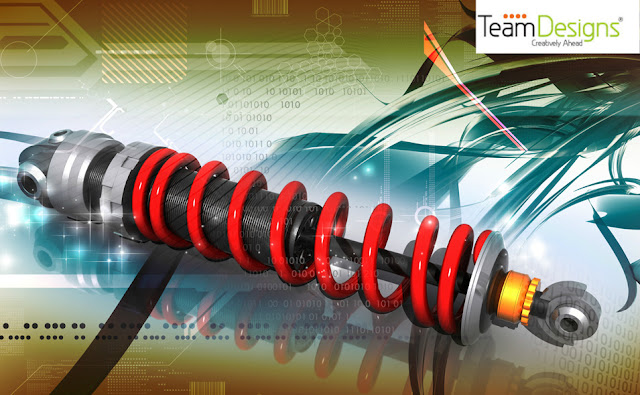3D Product Rendering: Selling Your Product Using the New Approach
dimensional images give the most realistic appearance possible. Today, no company is lagging behind that isn't victimizing 3D product rendering services for their next product. 3D product modeling is undoubtedly the modern approach to product visualization. Includes 3D interior rendering and 3D exterior rendering where the interiors and exteriors of your product unit are exposed and displayed. To call many, the subsequent industries are victimization 3D product rendering on a gargantuan scale: The furniture industry Medical equipment manufacturing industries. Machinery manufacturing industries Bath products manufacturing industries Automovile industry Consumer goods industry See the importance of 3D Product rendering: Understand your product He came back with a replacement thought and his designer drew it on a terribly tedious sheet of paper. You have your product terribly clear and it is once you make it clear to your audience, even clearly. Step-by-step...
